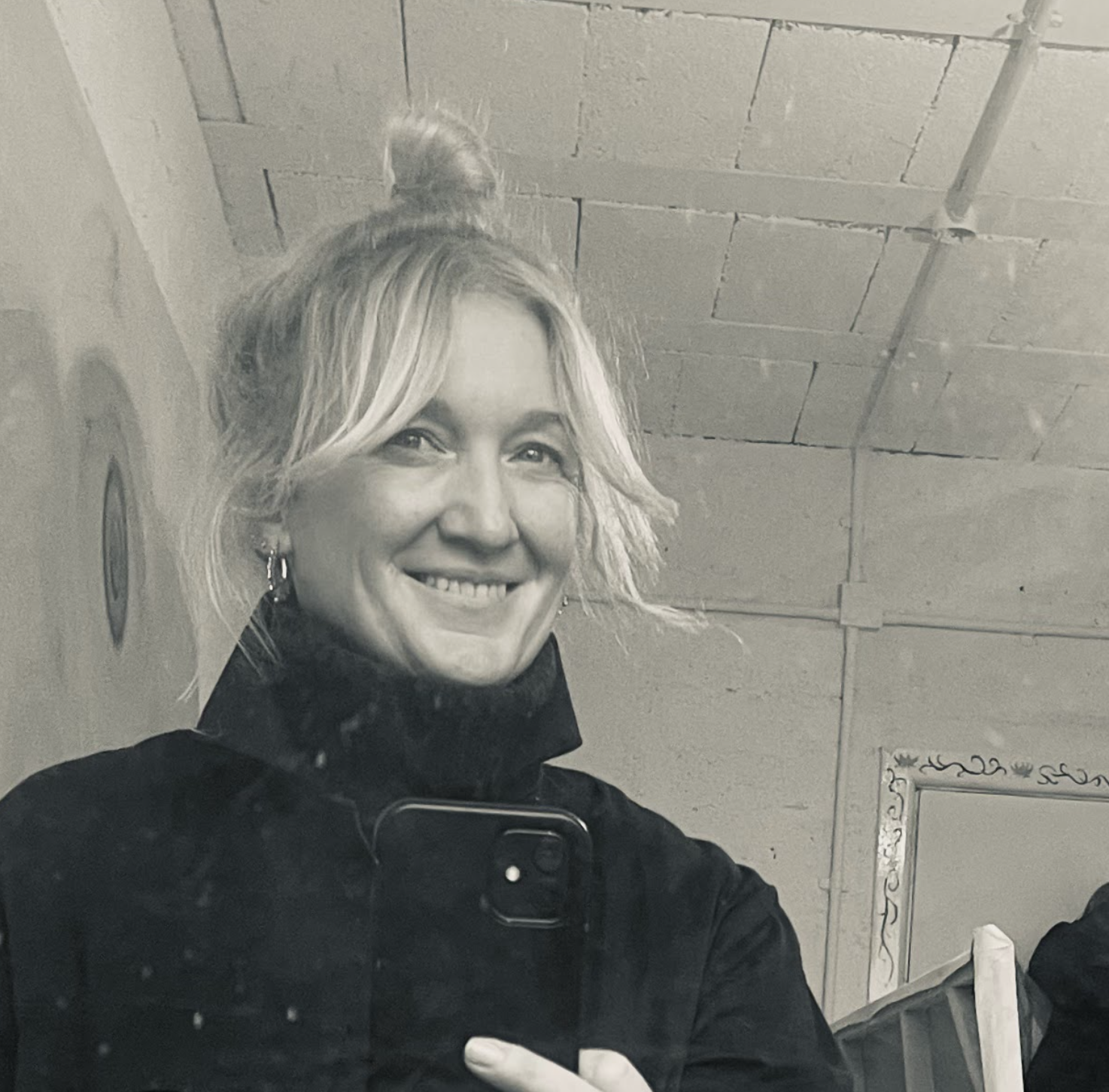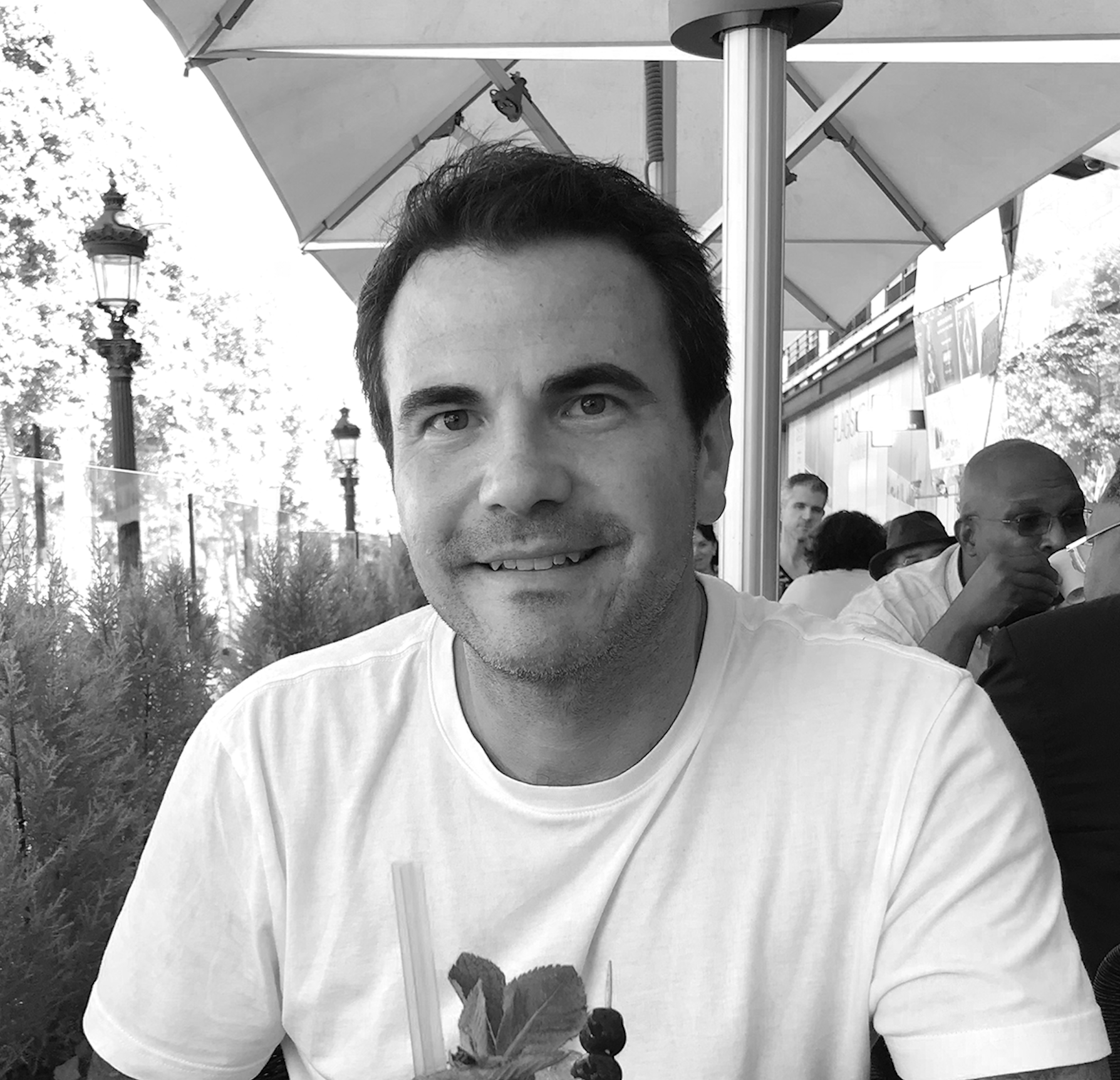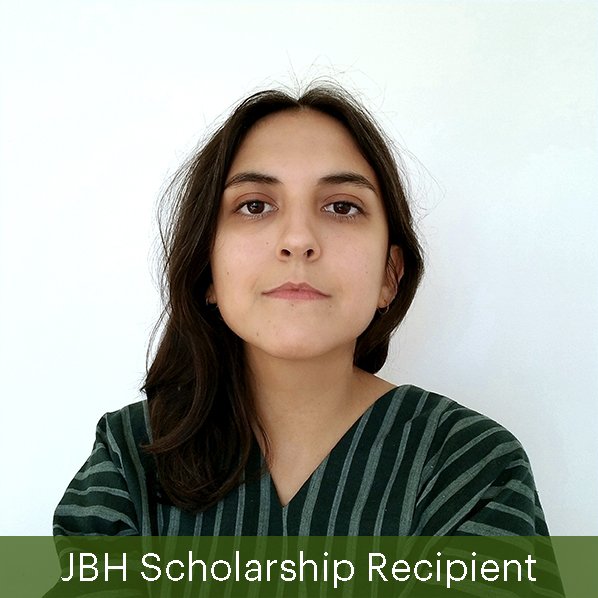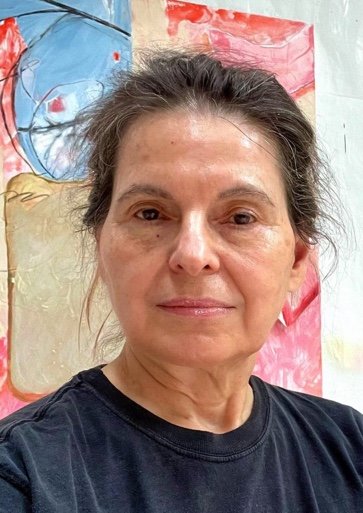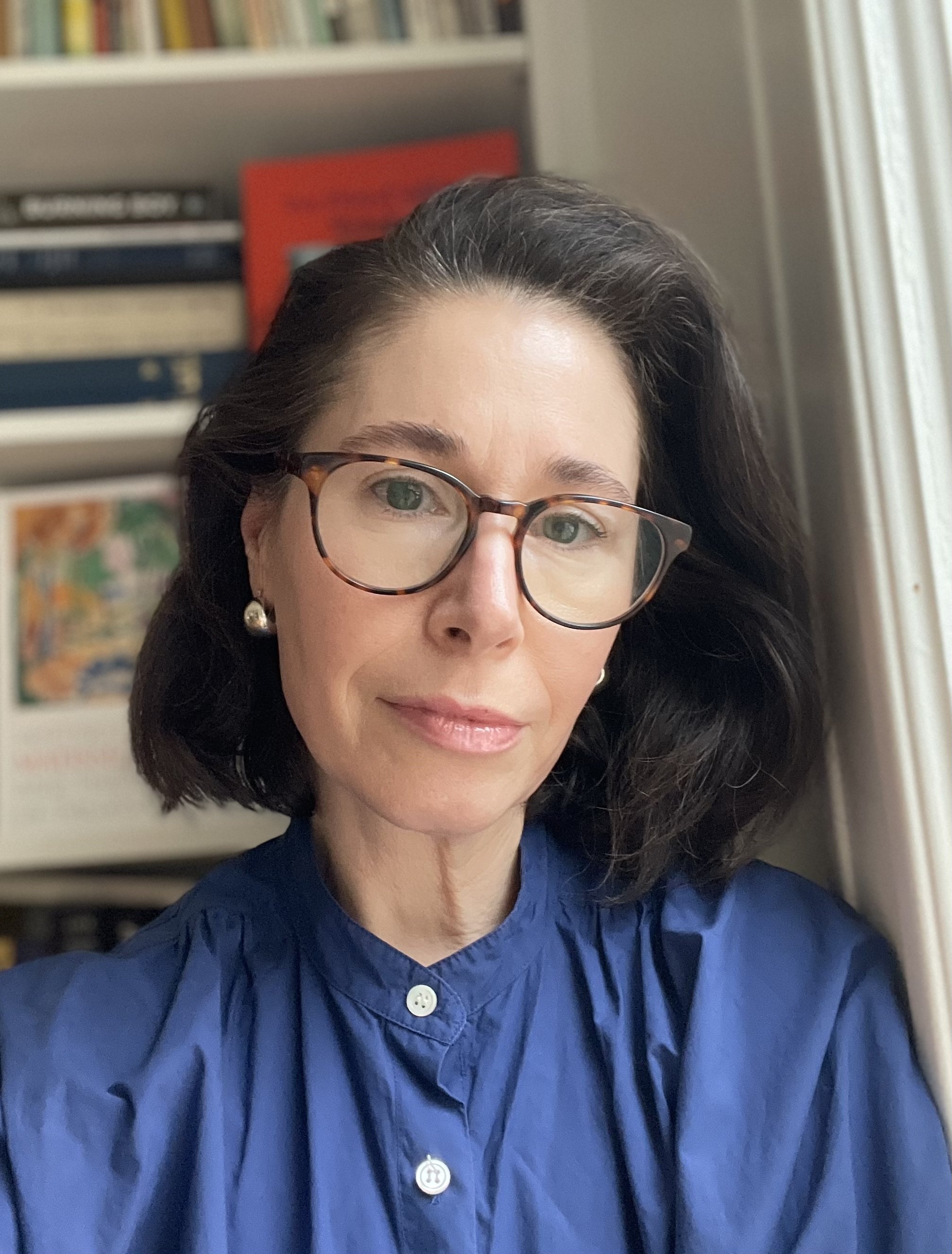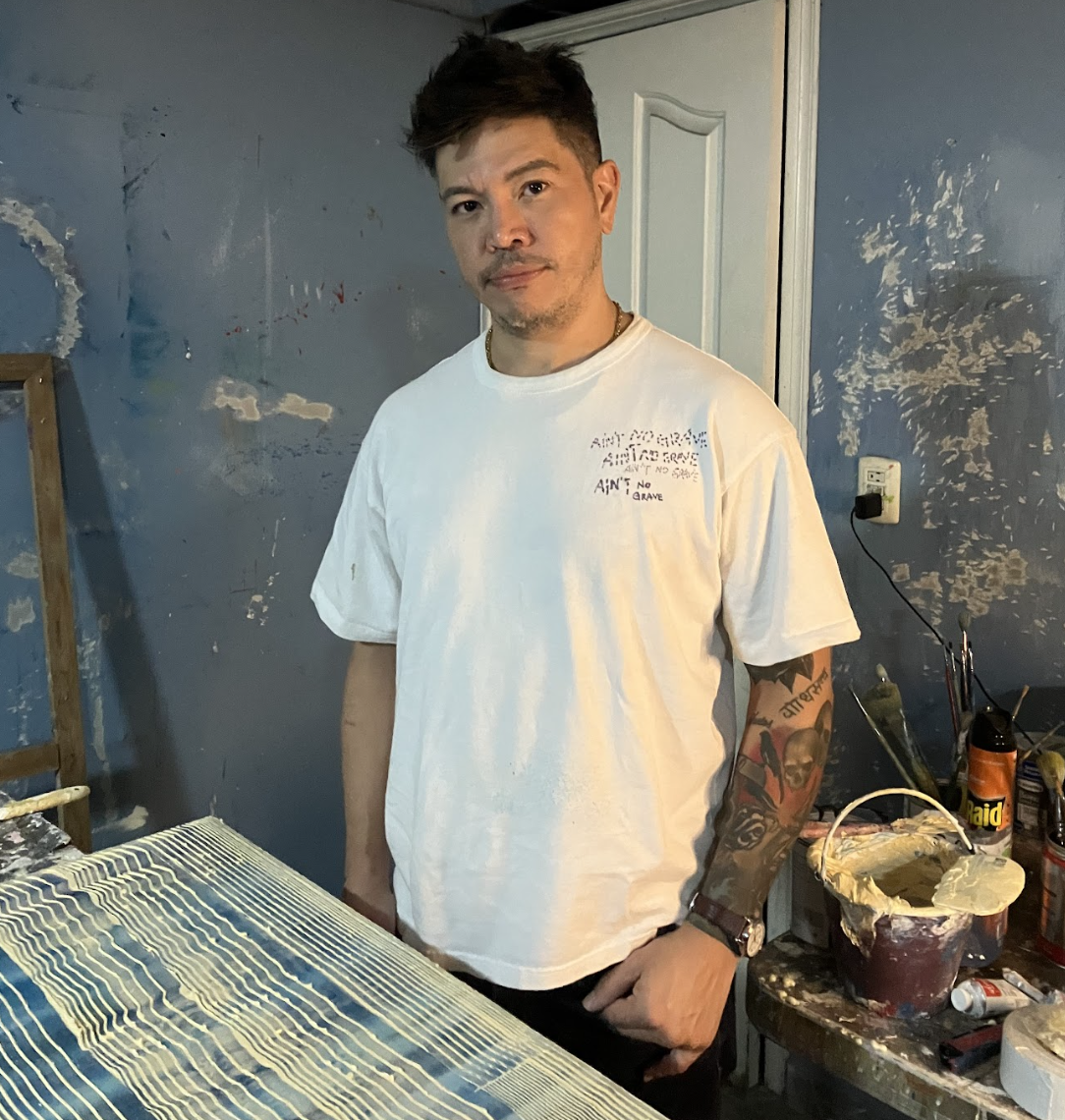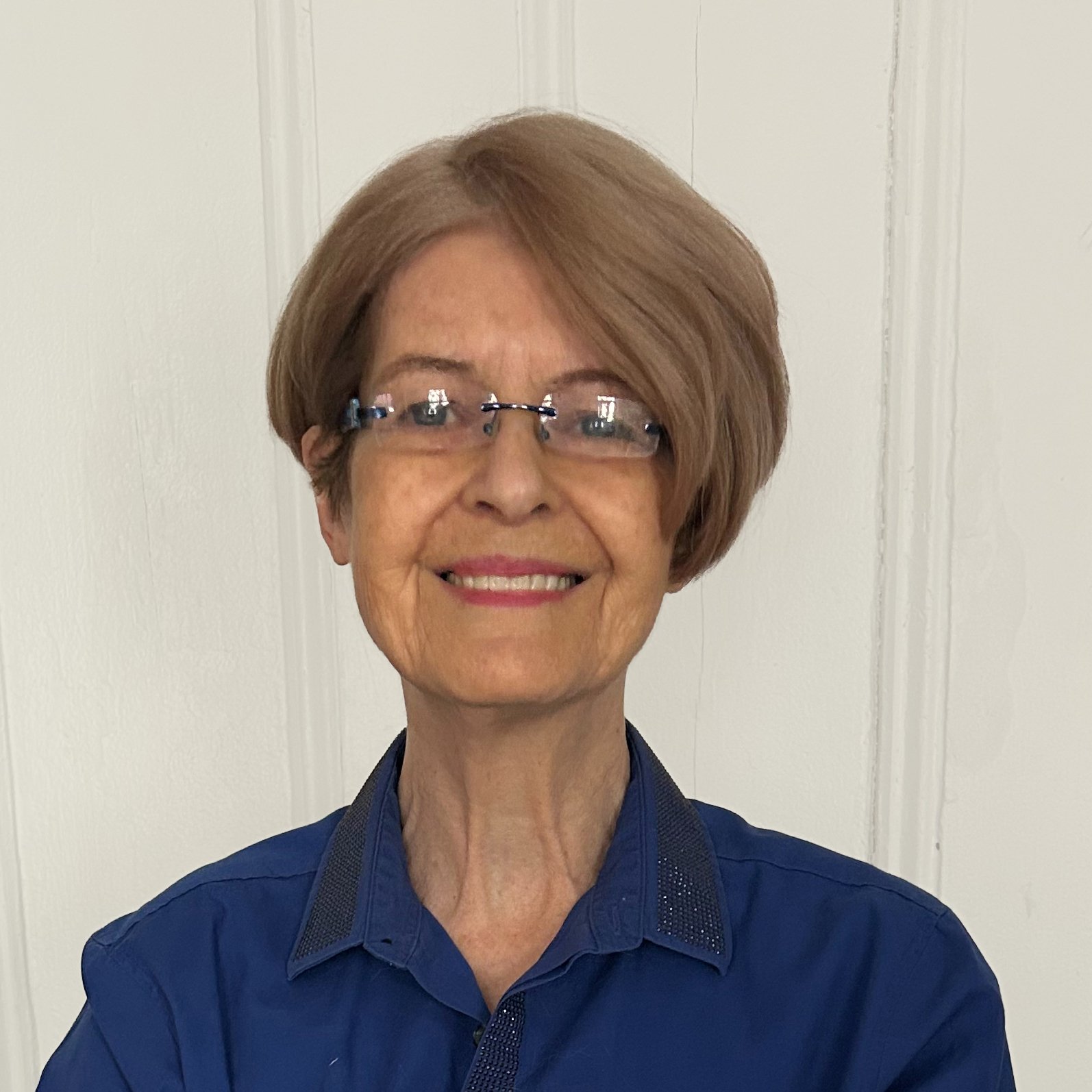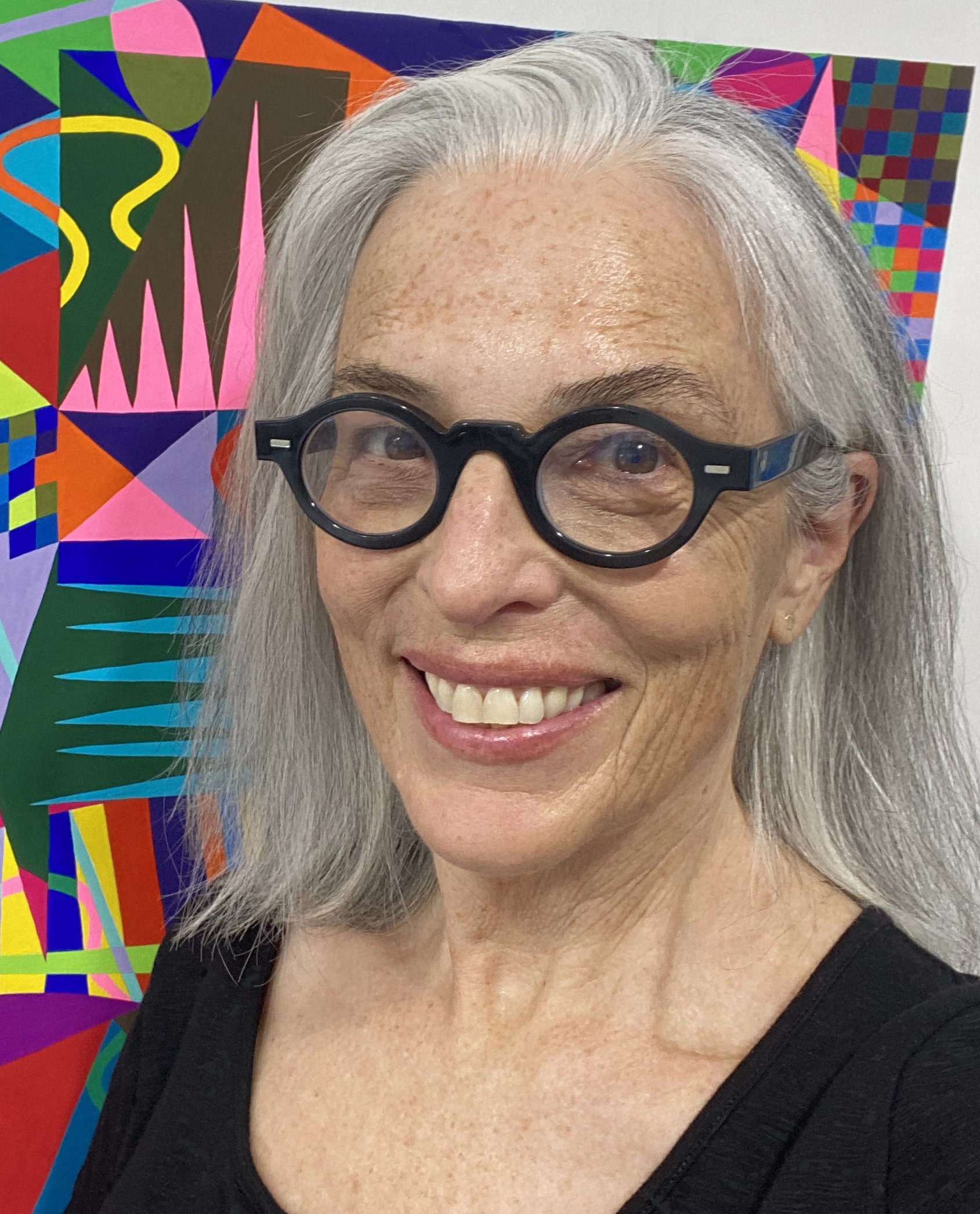Cohort Artists
Virtual Cohort
Spring 2024 | Summer 2024 | Fall 2024
The artists featured below were accepted to the 2024 year of The Canopy Program. Together, with the guidance of their Faculty Mentor, Yevgeniya Baras, the artists will develop their studio practice through critiques, Artist Talks + Q&As, seminars, and workshops. The Canopy Program is a year-long commitment, this Cohort will meet virtually for three consecutive semesters. Their experience will culminate with a pop-up Group Show in Chelsea (NYC).
Cohort Exhibition
Each Canopy Cohort presents a culminating pop-up group exhibition.

Hungry Strangers
Canopy Studio, 508 W. 26th St. #6E
December 4-7
OpeningWednesday, December 4, 6-8 pm
The show's title is a reference to the European folktale Stone Soup, in which a famished traveler persuades a group of villagers to contribute ingredients to a “magic stone” soup. Curiosity and trust bring them together, and the entire group is rewarded with a nourishing meal. Similarly, this cohort of Canopy artists were initially strangers, each hungry to enrich their practice and expand their artistic communities. They met with mentor artist Yevgeniya Baras for three semesters to share their in-process work, along with questions and insights that emerged during this time. Hungry Strangers is the result of their year-long collaboration, which began with the common “stone” of curiosity.
Sharing an affinity for materiality, and a sensitivity to shape and color, the artists in this show utilize a variety of painting languages to explore themes of place and impermanence and contemplate philosophical and spiritual questions. Federico Rosa and Joan Reutershan respond to their urban environments, incorporating references to the places they live: weathered and decaying architectural surfaces, or graffiti tags and found objects. While Rosa layers rippling patterns of paint and abrades his surfaces to conceal more than he reveals, Reutershan combines cacophonous colors, patterns, and figures to evoke the sights and sounds of NYC.
Jennifer Galvin makes paints from foraged earth pigments and inks, incorporating them into her mixed media practice, to create intimate forms that hug, tug, and slip within the edges of the rectangle. Emily Manning-Mingle’s engagement with place involves a patient practice of direct observation and a commitment to material exploration. Her absorbent grounds, compelling colors, and expressive marks create immersive spaces that delight in the pleasure of slow looking and the joy of discovery. Mona Monroe paints symbols that reference personal memories. She incorporates ritualistic acts, such as sewing and binding, into her work and buries textiles outdoors, then excavates and transforms them into spiritual narratives.
Rebecca Michels ruminates on cycles of life and motherhood by creating delicate marker drawings on newsprint, allowing one drawing to bleed into the page below, “birthing” a new drawing in the process. Her fabric paintings are made with remnants, sewn together with sensitive stitches, to create tension between attachment and impermanence. Pamela Keravuori taps into her subconscious to create provocative mixed-media abstractions of biomorphic and geometric shapes on the edge of recognition and the periphery of performance.
Sara Sackner and Jason Brooks create dense and vibrant abstractions that bring us into a heightened awareness of physical and metaphysical spaces. While Sackner’s gouache compositions reference macro and micro moments in her daily environment, Brooks’ impasto symbols are influenced by philosophical ideals, including balance and harmony.
Sharing an affinity for materiality, and a sensitivity to shape and color, the artists in this show utilize a variety of painting languages to explore themes of place and impermanence and contemplate philosophical and spiritual questions. Federico Rosa and Joan Reutershan respond to their urban environments, incorporating references to the places they live: weathered and decaying architectural surfaces, or graffiti tags and found objects. While Rosa layers rippling patterns of paint and abrades his surfaces to conceal more than he reveals, Reutershan combines cacophonous colors, patterns, and figures to evoke the sights and sounds of NYC.
Jennifer Galvin makes paints from foraged earth pigments and inks, incorporating them into her mixed media practice, to create intimate forms that hug, tug, and slip within the edges of the rectangle. Emily Manning-Mingle’s engagement with place involves a patient practice of direct observation and a commitment to material exploration. Her absorbent grounds, compelling colors, and expressive marks create immersive spaces that delight in the pleasure of slow looking and the joy of discovery. Mona Monroe paints symbols that reference personal memories. She incorporates ritualistic acts, such as sewing and binding, into her work and buries textiles outdoors, then excavates and transforms them into spiritual narratives.
Rebecca Michels ruminates on cycles of life and motherhood by creating delicate marker drawings on newsprint, allowing one drawing to bleed into the page below, “birthing” a new drawing in the process. Her fabric paintings are made with remnants, sewn together with sensitive stitches, to create tension between attachment and impermanence. Pamela Keravuori taps into her subconscious to create provocative mixed-media abstractions of biomorphic and geometric shapes on the edge of recognition and the periphery of performance.
Sara Sackner and Jason Brooks create dense and vibrant abstractions that bring us into a heightened awareness of physical and metaphysical spaces. While Sackner’s gouache compositions reference macro and micro moments in her daily environment, Brooks’ impasto symbols are influenced by philosophical ideals, including balance and harmony.
Guest Speakers + Visiting Critics
Each semester, Yevgeniya Baras' Cohort recieves Artist Talks, Lectures, Workshops
and Visiting Critiques from an esteemed roster of Guest Artists + Speakers.

Julia Kunin
Guest Artist

Mike Olin
Guest Artist

Nina Chkareuli-Mdivani
Art History Speaker

Kris Rac
Art History Lecture

Gyan Shrosbree
Visiting Critic

Vera Iliatova
Visiting Critic

Amanda Nedham
Guest Writing Editor

Scott Ogden (Shrine Gallery)
Visiting Gallerist

Amanda Millet-Sorsa
Visiting Curator

Jen Hitchings
Professional Practices Speaker

Adrienne Elise Tarver
Professional Practices Speaker

Caitlin MacBride
Virtual Painting Workshop

Loren Edrich
In-person Sunday Drawing Salon
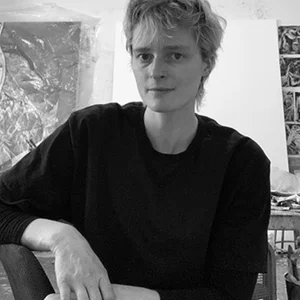
Vic Roth
Virtual Sunday Salon



